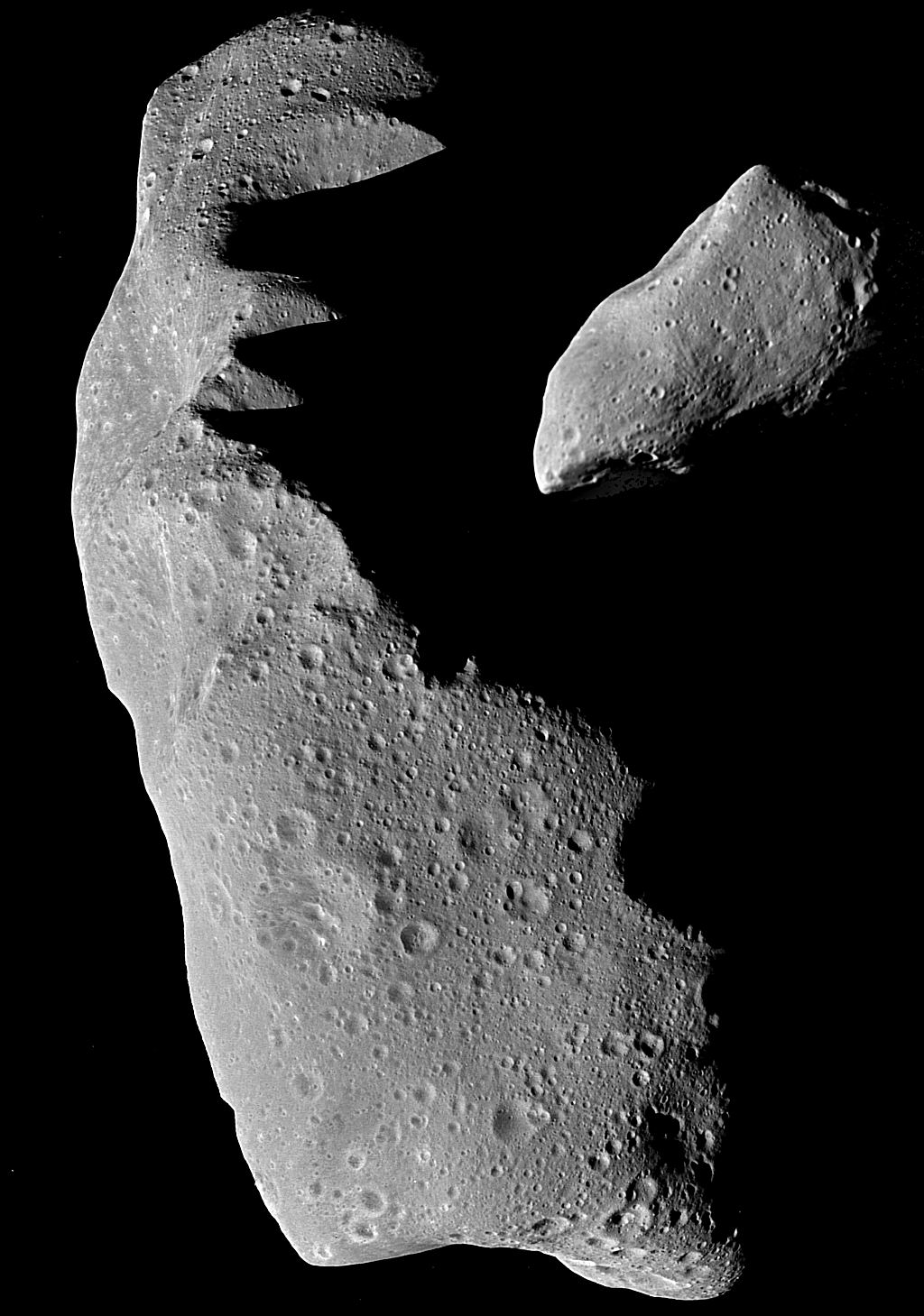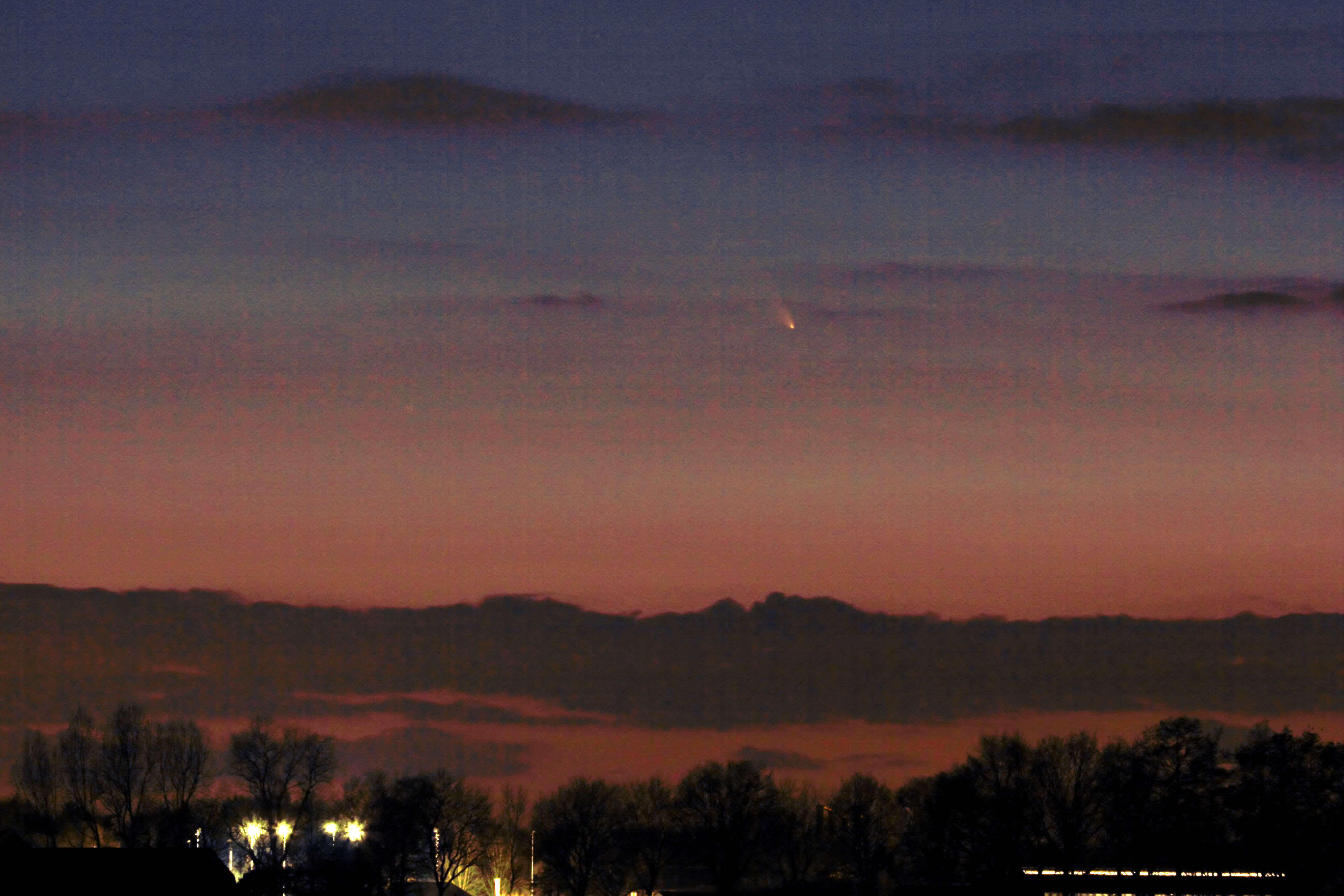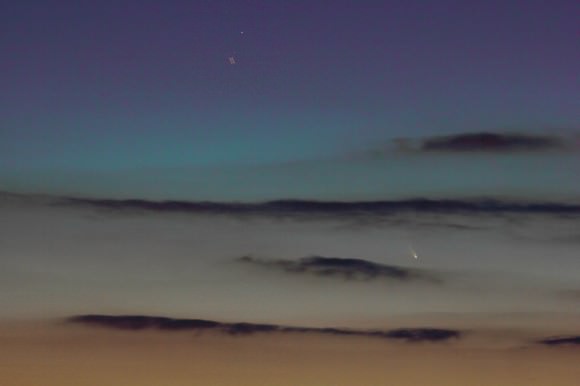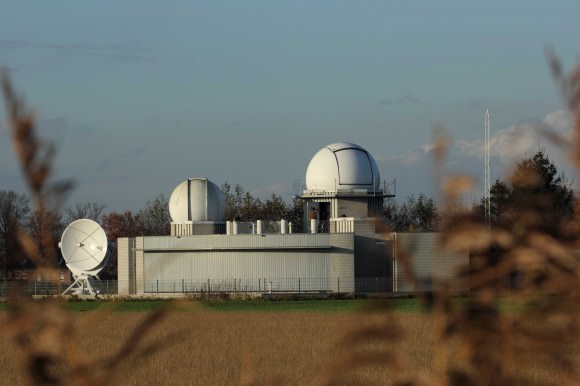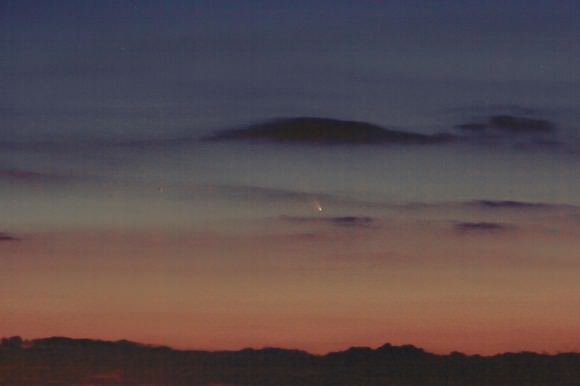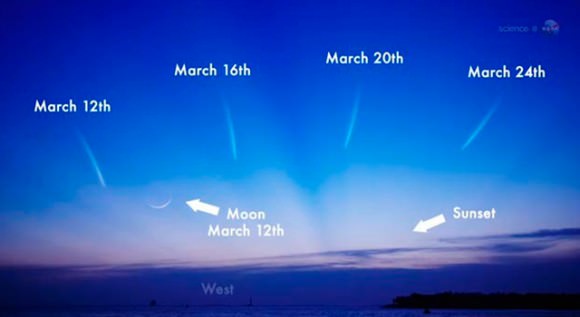Earth has a small companion that NASA is calling an almost-Moon. The small asteroid, called 2016 H03, isn’t quite a moon because it’s actually orbiting the Sun. In its orbit around the Sun, it spends about half of its time closer to the Sun than the Earth.
2016 H03 is called a “quasi-moon” or a “near-Earth companion”. It doesn’t quite qualify as a moon because of its orbit.
Paul Chodas is the manager of NASA’s Center for Near-Earth Object (NEO) Studies at the Jet Propulsion Laboratory in Pasadena, California. He had this to say about 2016 H03: “Since 2016 HO3 loops around our planet, but never ventures very far away as we both go around the sun, we refer to it as a quasi-satellite of Earth.”
2016 H03’s orbit is tilted relative to Earth’s, and it passes through the plane of Earth’s orbit. Over the decades, it also performs a slow, back and forth twist. NASA describes 2016 H03’s orbit as a game of leap frog.
“The asteroid’s loops around Earth drift a little ahead or behind from year to year, but when they drift too far forward or backward, Earth’s gravity is just strong enough to reverse the drift and hold onto the asteroid so that it never wanders farther away than about 100 times the distance of the moon,” said Chodas. “The same effect also prevents the asteroid from approaching much closer than about 38 times the distance of the moon. In effect, this small asteroid is caught in a little dance with Earth.”
Earth’s little quasi-moon has been in its stable orbit for about a century, according to calculations, though it was only spotted on April 27th, 2016, by the Pan-STARRS 1 asteroid survey telescope in Hawaii. Pan-STARRS 1 is operated by the University of Hawaii’s Institute for Astronomy and NASA’s Planetary Defense Coordination Office. (Did you know we had a Planetary Defense Coordination Office?)
2016 H03 is small. It’s exact size has not been established, but it’s between 40 and 100 meters (120 and 300 ft.) It’s been around a century, and calculations say it will be around for centuries more.
2016 H03 is not quite unique. Earth has had other dance partners like it.
“One other asteroid — 2003 YN107 — followed a similar orbital pattern for a while over 10 years ago, but it has since departed our vicinity. This new asteroid is much more locked onto us. Our calculations indicate 2016 HO3 has been a stable quasi-satellite of Earth for almost a century, and it will continue to follow this pattern as Earth’s companion for centuries to come,” said Chudas.
NASA tracks thousands of NEOs and assesses their risk of collision with Earth. Though 2016 H03 is an interesting specimen because of its orbit, it poses no threat to Earth.

